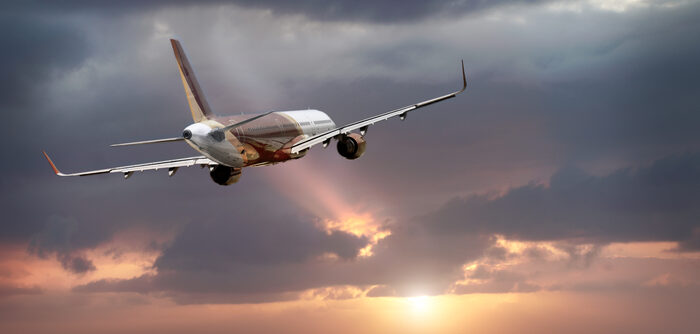Airports Council International (ACI) World’s published assessment of the impact of the Covid-19 pandemic on airports has indicated that global domestic passenger traffic will reach its 2019 level in late 2023, with full-year 2023 traffic on par with the 2019 level.
The research indicates that there is demand for air travel amid heightened macroeconomic risks. Global international passenger traffic is expected to require almost one more year to recover and will reach its 2019 high only in the second half of 2024. Global passenger volume was 1.3 billion in the first quarter of 2022 and 1.7 billion in the second, equating to 62.0% and 75.2% of 2019 levels, respectively. Compared with the projected baseline (2019), the estimated traffic losses are 44.4% and 32.2% respectively. Recovery was mainly driven by the sudden surge of air travel demand during the northern hemisphere summer of 2022, following the relaxation of travel restrictions.
ACI World points out that while many indicators are pointing toward recovery – like strong pent-up consumer demand with the lifting of travel restrictions, historically low unemployment rates and above 80% Covid-19 vaccination rates in major aviation markets – the industry is also facing some headwinds. These range from the ongoing conflict in Ukraine to bottlenecks in global supply chains, and threaten to disrupt the pace of the industry’s recovery.
According to ACI’s research, the most obvious manifestation of such risks is the significant increase in prices for different sectors, particularly food and energy. This sudden rise in cost has led to a tightening of global monetary policy, with central banks increasing interest rates to tame inflation. This is predicted to cause a decrease in economic activity and potentially affect consumer confidence. The potential for a recession approaching 2023 may also represent an additional obstacle for the aviation sector. Despite these risks, global passenger traffic in 2022 is expected to be 6.8 billion, representing a loss of 33.1% compared with the projected baseline, which is 74.4% of 2019 traffic.
ACI estimated that the Covid-19 outbreak reduced traffic by 5.2 billion passengers, representing a potential loss of 52.9%. Before Covid-19 was factored into the global passenger volumes for 2021, ACI World estimated that 9.8 billion passengers would travel through airports around the world.
Luis Felipe de Oliveira, director general of ACI World, said, “The recent momentum created by the lifting of many health measures and the relaxation of most travel restrictions in many European countries and the Americas have renewed industry optimism. There is still an uneven recovery – a gap exists among markets, especially where strict travel restrictions are still enforced, Covid-19 vaccine availability and uptake are limited, and geopolitical conflicts are visible. This gap resulted in offsetting the impact of pent-up demand during the early northern hemisphere summer season on a global scale. Despite this, air travel should see a continued uptick overall in the second half of 2022, moving the industry closer to its full recovery – still forecast for 2024.”

